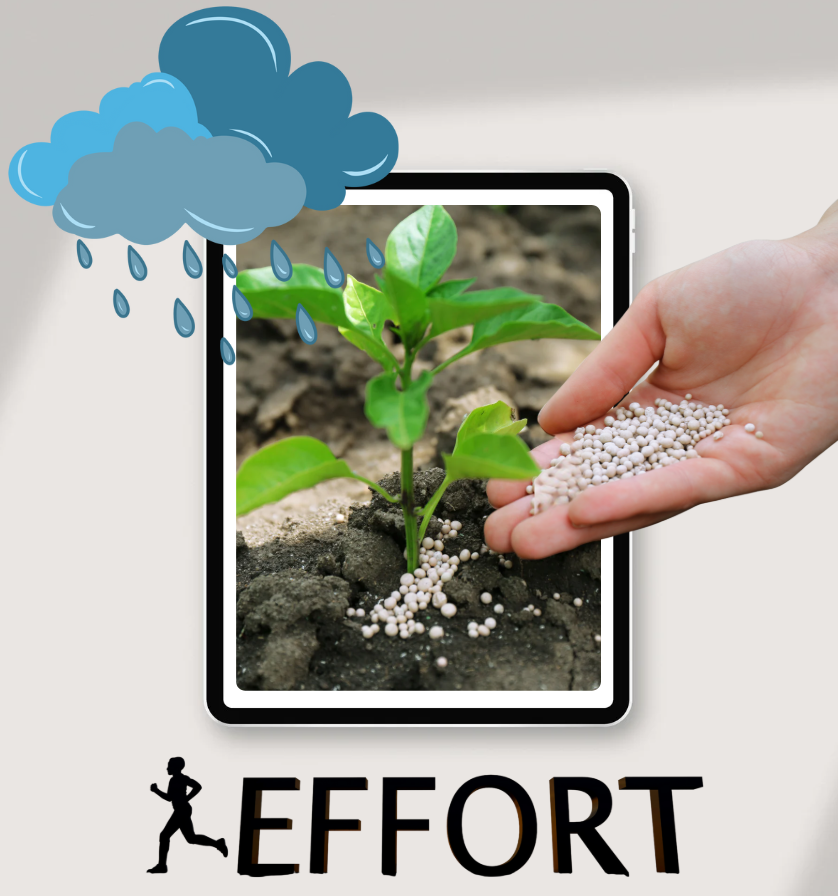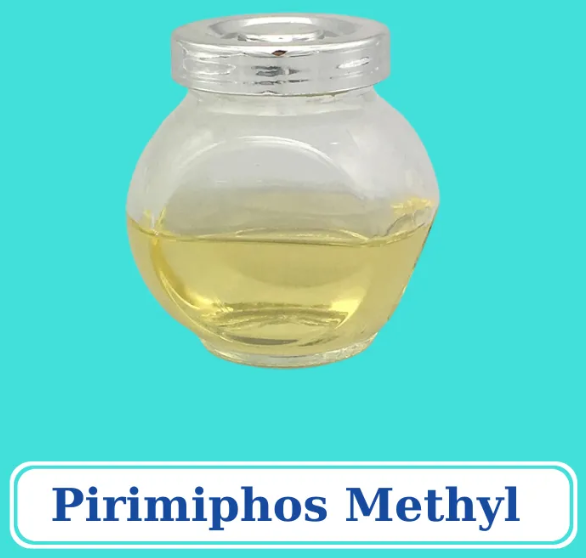
Pirimiphos-methyl – A Potent Systemic Insecticide for Pest Control
Discover Pirimiphos-methyl – an organophosphate insecticide with systemic, contact, and stomach action. Highly effective against weevils, aphids, flies, mosquitoes, and storage or crop pests.
Table of Contents
- What is Pirimiphos-methyl?
- Mode of Action on Insects
- Practical Applications in Agriculture and Grain Storage
- Key Advantages of Pirimiphos-methyl
- Pest Spectrum: Which Insects Can It Eliminate?
- Proper Usage and Recommended Dosage
- Popular Products Containing Pirimiphos-methyl
- Important Safety Notes
- Conclusion
1. What is Pirimiphos-methyl?
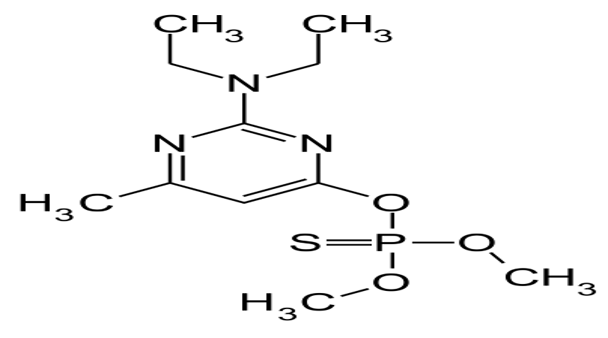
Pirimiphos-methyl is an organophosphate insecticide with strong systemic, contact, and stomach poisoning effects. It is widely used in agriculture and post-harvest storage to control a wide range of insect pests.
- Molecular formula: C₁₁H₂₀NO₅PS
- Chemical group: Organophosphates
- Common formulations: EC (Emulsifiable Concentrate), DP (Dust Powder), ME (Micro-emulsion)
- Properties: Slight volatility, long-lasting effect, suitable for both foliar spraying and residual treatments
2. Mode of Action on Insects
Pirimiphos-methyl inhibits the cholinesterase enzyme in the insect nervous system, disrupting nerve transmission – causing convulsions, paralysis, and death.
- Acts quickly upon contact or ingestion
- Penetrates the insect cuticle and moves systemically through plant tissue
- Offers residual activity on treated surfaces
3. Practical Applications in Agriculture and Grain Storage
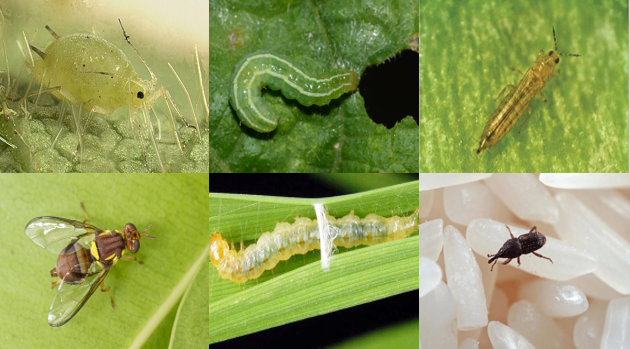
In agriculture:
- Controls aphids, leaf-feeding caterpillars, fruit flies, leaf folders, thrips
- Applicable for crops like rice, maize, vegetables, fruits, tea, coffee
In grain storage:
- Kills storage pests like rice weevils, bean weevils, maize weevils, tobacco beetles
- Used via surface spraying or fumigation for rice, maize, coffee, seeds, and grain stock
- Recommended by FAO and WHO for warehouse pest control
4. Key Advantages of Pirimiphos-methyl
- ✅ Excellent systemic activity, quickly absorbed into plant tissue
- ✅ Dual action: contact + stomach poison for effective pest control
- ✅ Long residual effect, especially in warehouse or structural treatments
- ✅ Suitable for Integrated Pest Management (IPM) and active ingredient rotation
- ✅ Can also be used for public health vector control (mosquitoes, flies, cockroaches)
5. Pest Spectrum: Which Insects Can It Eliminate?
|
Pest Group |
Examples |
|
🐛 Crop pests |
Leaf folders, polyphagous caterpillars, thrips, brown planthoppers, mealybugs |
|
🐜 Storage pests |
Rice weevils, maize weevils, tobacco beetles, bean beetles, coffee borers |
|
🦟 Public health pests |
Flies, mosquitoes, cockroaches, ticks |
6. Proper Usage and Recommended Dosage
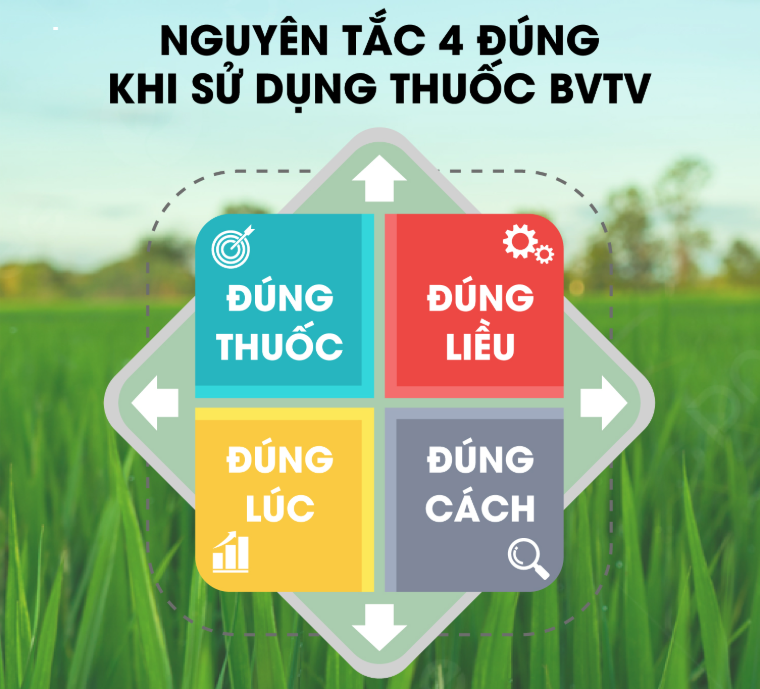
In crop production:
- Pirimiphos-methyl 500EC: 15–25 ml per 16 liters of water
- Apply early when insects appear; observe a 7–10 day pre-harvest interval
- Spray evenly on the foliage, especially areas where pests hide (undersides of leaves)
In warehouse storage:
- Use DP or ME formulations for residual treatment
- Recommended dosage: 1–2 g/m² of storage area
- Apply on walls, floors, bags, or directly on stored grains before sealing
7. Important Safety Notes
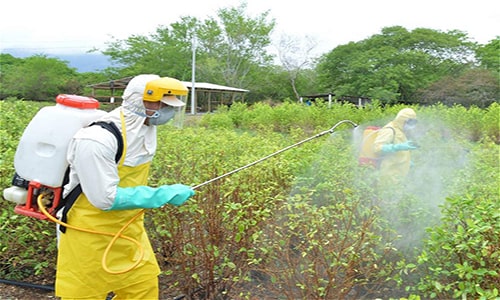
- Do not mix with highly alkaline or copper-based products
- Always wear protective gear; avoid contact with skin, eyes, or mouth
- Do not use near aquatic systems, ponds, or fish farms
- Avoid using on flowering crops or during pollination periods
- Rotate with other active ingredients to prevent resistance development
8. Conclusion
Pirimiphos-methyl is a broad-spectrum, high-efficacy insecticide, suitable for use in crop fields, orchards, and grain storage facilities. With its strong systemic properties, dual-action mode, and wide pest coverage, it remains a trusted choice for modern farmers and post-harvest managers seeking reliable insect control solutions.
Bình luận
Những bình luận mới nhất
